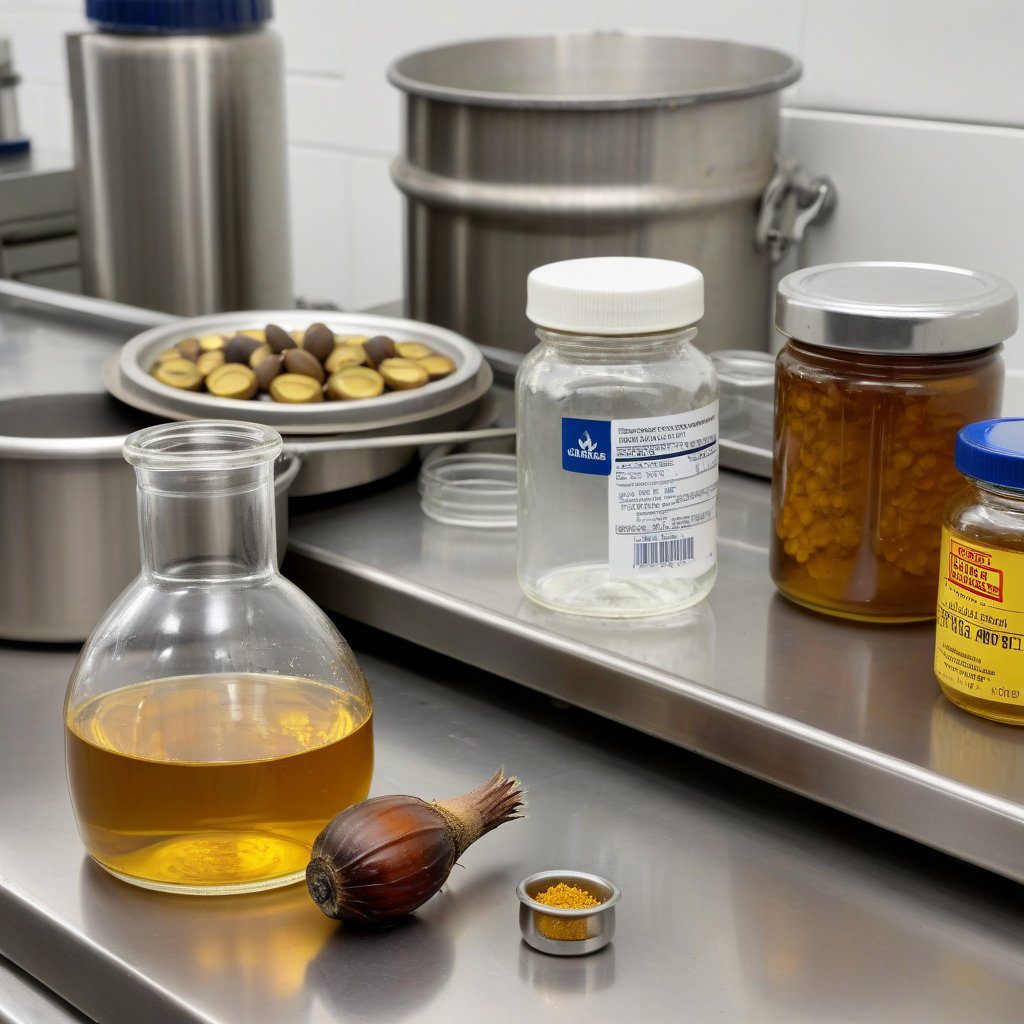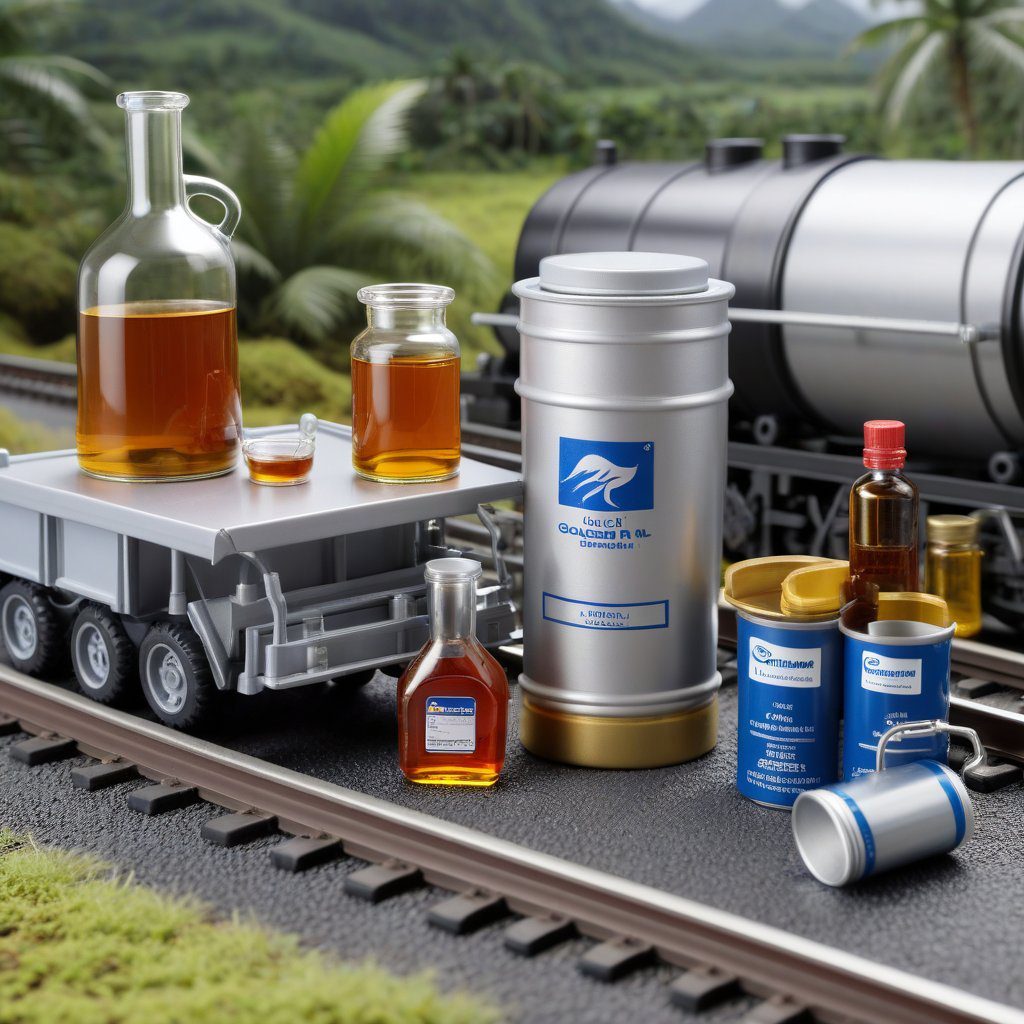Understanding Crude Glycerin Production
Crude glycerin production refers to the process of extracting glycerin from various sources, primarily as a byproduct of biodiesel manufacturing. This versatile compound has numerous applications across industries, including pharmaceuticals, food, cosmetics, and more. The production process typically involves the transesterification of fats and oils, which results in glycerin and fatty acid methyl esters (FAME). Understanding the crude glycerin production process is essential for manufacturers aiming to optimize yield and quality.
Raw Materials for Crude Glycerin Production
The primary raw materials for crude glycerin production include vegetable oils, animal fats, and waste oils. Common sources are palm oil, soybean oil, and rapeseed oil. The choice of raw material affects the purity and quality of the final glycerin product. For instance, higher-quality oils lead to purer glycerin, which is more suitable for food and pharmaceutical applications. Manufacturers must evaluate their sourcing strategies to ensure a consistent supply of high-quality raw materials.
The Production Process of Crude Glycerin
The production process of crude glycerin typically involves three main steps: transesterification, separation, and purification. In transesterification, triglycerides are reacted with an alcohol (usually methanol) in the presence of a catalyst to produce biodiesel and glycerin. Following this, the mixture is allowed to settle, enabling the separation of glycerin from biodiesel. The crude glycerin is then further purified to remove impurities, although many manufacturers opt to sell it in its crude form for various industrial uses.
Applications of Crude Glycerin
Crude glycerin has a wide range of applications due to its hygroscopic nature and ability to act as a solvent, humectant, and emulsifier. In the pharmaceutical industry, it is used as a laxative, while in food processing, it serves as a sweetener and preservative. Additionally, crude glycerin is utilized in the production of personal care products, such as lotions and soaps, owing to its moisturizing properties. Understanding these applications can help manufacturers target specific markets effectively.
The Importance of Quality Control in Crude Glycerin Production
Quality control is crucial in crude glycerin production to meet industry standards and customer expectations. Factors such as moisture content, pH level, and impurities must be monitored throughout the production process. Implementing stringent quality control measures not only enhances the product’s safety and effectiveness but also boosts the manufacturer’s reputation in the marketplace. Manufacturers like Diplomata prioritize quality control to ensure their crude glycerin meets the highest specifications.
Market Trends in Crude Glycerin Production
The crude glycerin market is experiencing notable growth driven by increasing demand from various industries, particularly biodiesel production and personal care products. Additionally, the rising trend towards sustainable and eco-friendly products is further propelling the demand for crude glycerin. Manufacturers must stay abreast of market trends and adapt their production strategies accordingly to capitalize on emerging opportunities within the market.
Sustainability in Crude Glycerin Production
Sustainability plays a significant role in crude glycerin production, especially as environmental concerns continue to rise. The use of renewable resources, such as plant oils and waste materials, aligns with the principles of sustainability. Moreover, adopting eco-friendly practices in the production process not only minimizes waste but also appeals to increasingly conscious consumers. Diplomata, as a leading exporter, emphasizes sustainable production methods to meet market demands.
Challenges in Crude Glycerin Production
Despite its many advantages, crude glycerin production faces several challenges. Fluctuations in raw material prices, competition from synthetic alternatives, and regulatory hurdles can impact profitability and market dynamics. Manufacturers must navigate these challenges through strategic planning and investment in technology to ensure operational efficiency and market competitiveness.
Future Prospects for Crude Glycerin Production
The future of crude glycerin production appears promising, with ongoing research and development aimed at enhancing production methods and expanding applications. Innovations in bioprocessing technologies could lead to higher yields and lower production costs. As industries continue to seek sustainable solutions, the role of crude glycerin is likely to expand, positioning it as a key ingredient in a variety of products. Diplomata is committed to being at the forefront of these developments, ensuring it remains a top supplier in the American market.


